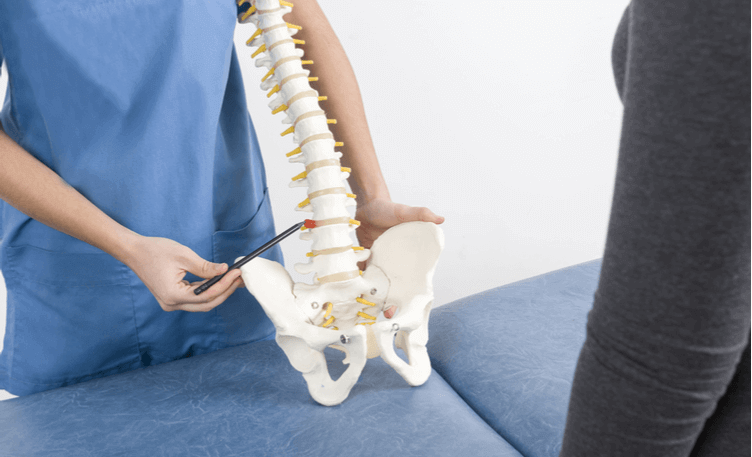Slip Disc – Knowing the Symptoms, Causes and Treatment
- Vibhor Sharma

- Dec 6, 2022
- 3 min read
Slipped discs are a serious concern for the human body. In actuality, this issue affects more than 80% of people in society today. Discs in the human body shield the bones that make up the spine in the back.
They have a rounded form, similar to that of a little pillow, with a hard outer covering that encircles the core. The terms spinal disc, ruptured disc, and herniated disc are also used to describe the slide disc. The body is shielded by this disc from numerous shocks caused by routine movements including lifting, twisting, and walking.

When a disc is replaced and the surrounding material extends over the disc's space, a slide disc problem arises. This ailment, which occurs when disc material leaves its position and causes severe pain, is referred to as a disc bulge, disc protrusion, ruptured disc, etc. at orthopaedic hospitals in Mumbai and other regions.
The signs of a slipped disc
Any area of the spine, from the neck to the lower back, might experience the symptoms of a slipped disc. The lower back is the location of this problem most frequently, though.
Some of the typical signs of a slipping disc include: -
Back discomfort that intensifies with standing and sitting
Muscle tremor
The arms and legs are also in discomfort.
The body's one side is in excruciating discomfort.
If the lower back hurts, people struggle to walk even a short distance.
Due to discomfort, a person is unable to move their body at night and cannot get a good night's sleep.
Each person experiences pain differently. So, if you or any family members exhibit the aforementioned symptoms, get medical attention as soon as possible.
Discherniation causes
As the disc ages and degrades, the problem known as a slipped disc frequently arises. It follows that as people age, the body's disc will become less flexible, putting tension or twist on the disc when doing any action.
In addition, since the body may twist and spin while lifting, most individuals utilise their back muscles to assist them in lifting large objects, which can further contribute to this problem. Additionally, when you fall or receive a hit to the back, the condition is severe. This issue affects both men and women equally.
Care for a slipped disc
When you visit the doctor with the aforementioned symptoms, they will do a physical examination first. This implies that the location of the person's discomfort and the source of their pain are both investigated. In addition, they will look up the patient's medical past and try to diagnose the issue by touching the problematic region.
After the problem is identified, many treatments are available, from conservative to surgical. The degree of discomfort the patient experiences will have no bearing on the therapy.
The majority of people find relief by engaging in physical therapy-recommended activities that will strengthen their bodies and lessen their discomfort. In addition, drugs are provided, but surgery is the ultimate resort if the pain does not go away within six weeks and the slipped disc is interfering with the ability of the muscles.
The finest orthopaedic surgeon in Mumbai for knee replacement claims that the damaged piece of the disc would be removed during surgery, a procedure known as a microdiscectomy. Laminectomy and spinal fusion, which replaces the whole disc with an artificial one, is a common procedure. The afflicted area will experience tingling, burning, and painful feelings.
Comments